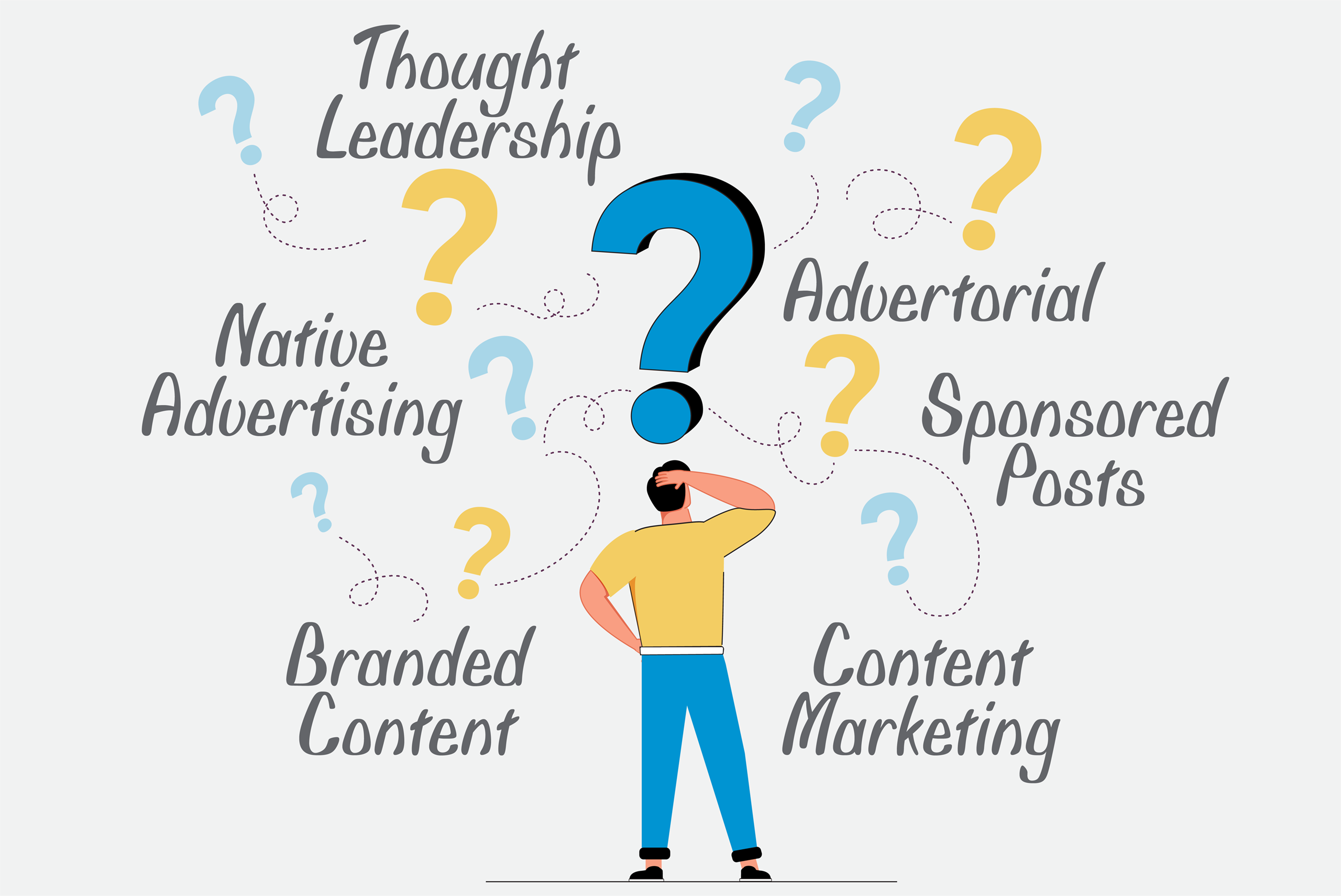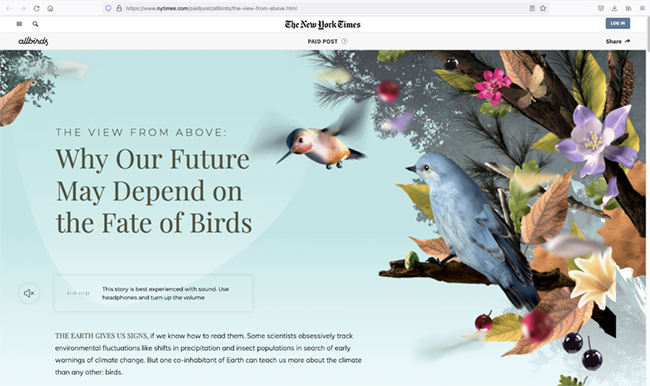It’s never been easier to get in touch with your audience. Gone are the days when you were limited to print ads or even email marketing blasts. Today, savvy brands choose to reach out to customers and prospects via content they’ve created themselves (or paid someone to create for them).
But it’s also never been more confusing to choose the right strategy for your brand. There are so many different kinds of content, and each of them serves a different purpose. Here is a short introduction to some of the most common terms, what they mean, and how they help your brand in different ways.
Thought Leadership
As a general rule, this kind of content comes from the top of your organization and is intended for other top decision makers. An example would be an op-ed from your CEO about an issue in the news that relates to your organization’s expertise, or a white paper of original research. Thought leadership is not tied to a specific sales or marketing goal — it is intended to position your organization as an expert in its field and to enhance its prestige.
Branded Content vs. Content Marketing
Many people use these two terms interchangeably, but they aren’t quite the same. Branded content always puts the brand front and center in interactions with the public — think social media campaigns such as the Popeyes/Chick-fil-A Chicken Sandwich Wars. (If this particular bit of insanity passed you by, use this tongue-in-cheek Wikipedia article to catch up.)
Content marketing, on the other hand, aims to create a relationship with consumers by providing useful information that is somewhat related to the product or service the company sells. Examples include travel magazines published by AAA and various airlines, or Blue Bottle Coffee’s blog with tips on how to use different kinds of coffee-brewing equipment.
Advertorial/Sponsored Posts/Native Advertising
This is where it gets even trickier, because these three terms are similar, but not interchangeable.
“Advertorial” is the oldest, dating back to the 1940s. Simply put, it’s an ad that is written to appear like a piece of editorial content. The editorial-like format is designed to draw the attention of readers whose eyes have been trained to slide right over conventional ads.
“Sponsored posts” are a more recent invention, dating to the advent of notification-based websites such as blogs, social media platforms and online news outlets. You’ve probably seen them — for example, scrolling through your Facebook news feed, you’ll find plenty of posts marked “sponsored.”
Some “sponsored posts” are advertorial, in that they sell a specific product or service. Others are more like content marketing, in that they provide advice that is meant to create a relationship with consumers rather than close an immediate sale.
And then there’s “native advertising.” Native advertising is a kind of advertorial that is particularly good at impersonating editorial content. It is designed to look and read so much like the content of the surrounding publication that readers may not even notice they’re being presented with advertising. The marketing speak for this phenomenon is “creating a non-disruptive user experience.”
Take a look at this gorgeous example on the New York Times website. While the link itself and a small banner at the top of the site identify this as a paid post, the multimedia elements and writing are of such high quality that it is almost impossible to distinguish this content from New York Times editorial.
Now that you know more about the different kinds of content options available, the question becomes: which one is right for your brand? Let the experts at Today Media Custom Communications help you out! Email newbusiness@todaymediacustom.com to start the conversation.





